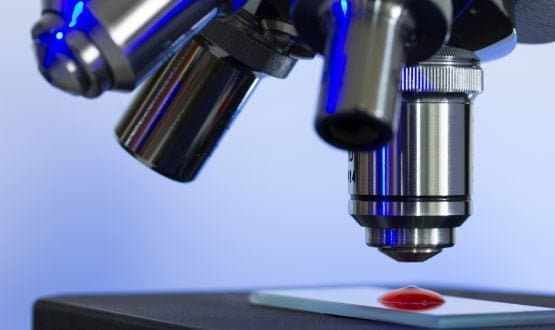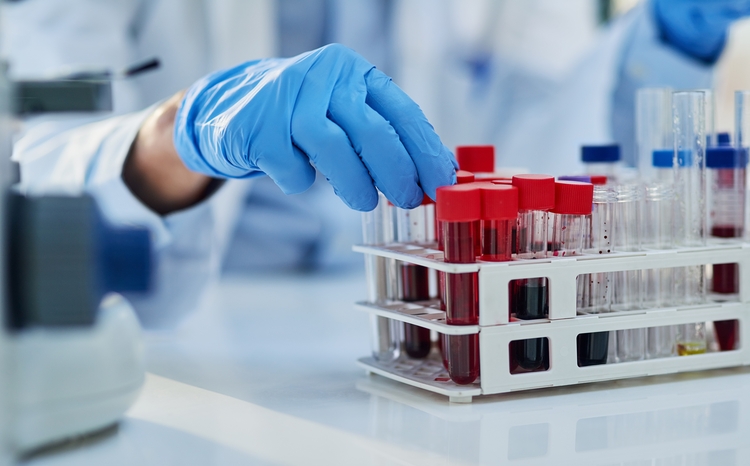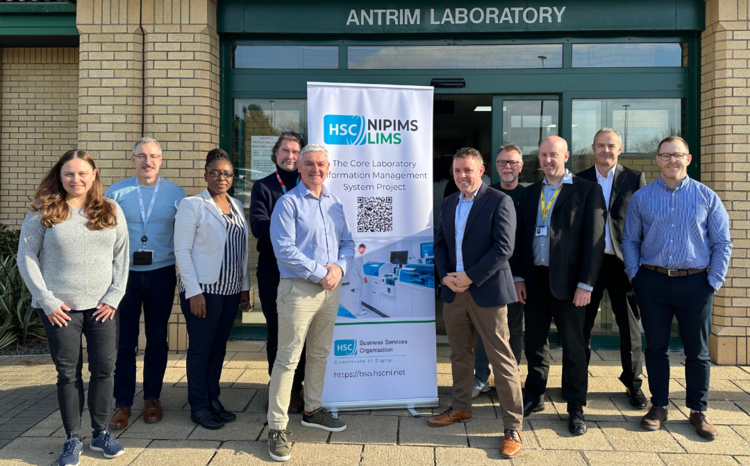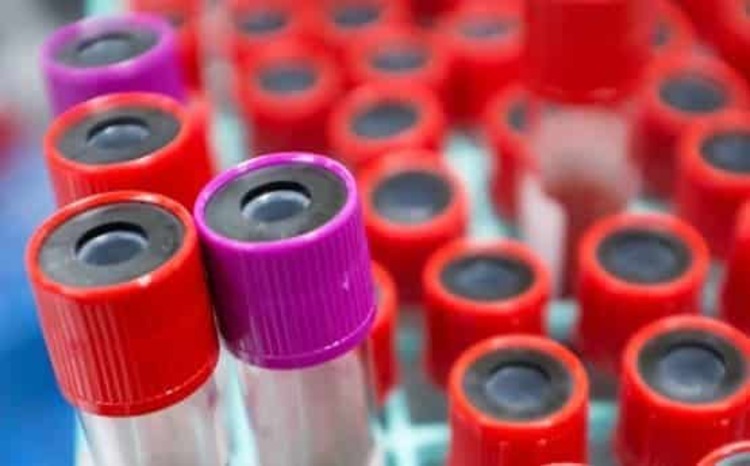Cancer Research UK calls for investment in digital pathology
- 29 November 2016

Investment in digital pathology and in data collection will be essential if diagnostic services are to be able to cope in the future, according to a leading charity’s report.
Cancer Research UK’s investigation into pathology, published last week, has nine recommendations that include funding the infrastructure required for digital pathology and investing in technology so data can be sent to the Cancer Outcomes and Services Dataset.
Otherwise, the report paints a bleak picture of the future of the sector, with overstretched and overworked pathologists, issues with the recruitment and retention of staff, and a health service “struggling” to cope with increasing demand.
However, Suzy Lishman, president of the Royal College of Pathologists, said in a statement to Digital Health News that digital pathology is still in its early stages.
“In short, while digital pathology is an exciting and rapidly developing area with significant potential to improve several aspects of the diagnostic process, there is not yet sufficient evidence to support its wholesale adoption,” she said.
“Investment in digital pathology should be in validation, which is unlikely to be appropriate for all trusts and will not save money or improve quality in the short term.” There have been calls for a shake-up of pathology services since Lord Carter of Coles undertook a review in 2006.
The review, which was published in 2008, said the Department of Health should put in place IT connectivity for NHS pathology services as a matter of priority.
The review said this would support the creation of pathology networks and a consolidation of services, in the form of “hubs” carrying out “cold” or non-urgent work and specialist “spokes” providing “hot” or urgent work. However, progress has been slow.
Sara Bainbridge, Cancer Research UK’s policy manager, said that while there are examples of consolidation: “Essentially this was a recommendation made a long time ago and we have not necessarily seen it come to fruition.”
More recently, digital pathology, in which glass slides are replaced by a digital image that can be read anywhere, anytime, has been developed. Again, though, it is in use at just a handful of centres internationally.
The Cancer Research UK report says digital pathology is one route to “future-proof pathology”, but notes that “large parts of the cellular pathology process have so far not pursued digitalisation.”
Bainbridge said: “The main message for the whole report is there needs to be a bit more planning ahead. If there is technology coming down the line which could be promising, or things that mean could work more efficiency, then that should be planned for now.”
Sheffield Teaching Hospitals NHS Trust and Hull and East Yorkshire Hospitals NHS Trust have developed a digital histopathology partnership, in which samples can be sent and analysed between the two trusts.
Darren Treanor, a consultant histopathologist at Leeds Teaching Hospitals NHS Trust, who acted as a consultant for the report, said “digital pathology has come along at the wrong time.”
“In the past, technology like this would have been rolled out as a national initiative,” he argued; but this has not happened, and there is a lack of central funding.
Health secretary Jeremy Hunt announced in September last year that £300 million a year would be spent on diagnostics by 2020, to fund new equipment and additional staff capacity.
And in May this year, a diagnostic capacity fund was announced by NHS England, which forms part of a £15 million programme to support earlier and faster diagnosis of cancer.
Otherwise, a further push on pathology consolidation is likely to come from a more recent review by Lord Carter on how the NHS can improve efficiency by combining procurement, pathology and back-office services.
An analysis of London and non-London sustainability and transformation plans by Digital Health News has revealed that STP areas are hoping to release significant savings from pathology consolidation.
The impact of a pathology failure was demonstrated by Leeds Teaching, when a hardware failure triggered a collapse of the pathology system. Two months on, some parts of its service are still relying on papers and phones.
READ MORE:
Special report on laboratory information systems (2012): Life and LIMS
Special report on LIMS and digital pathology (2014): Path dependency
Special report on digital pathology (2016): Slide show




